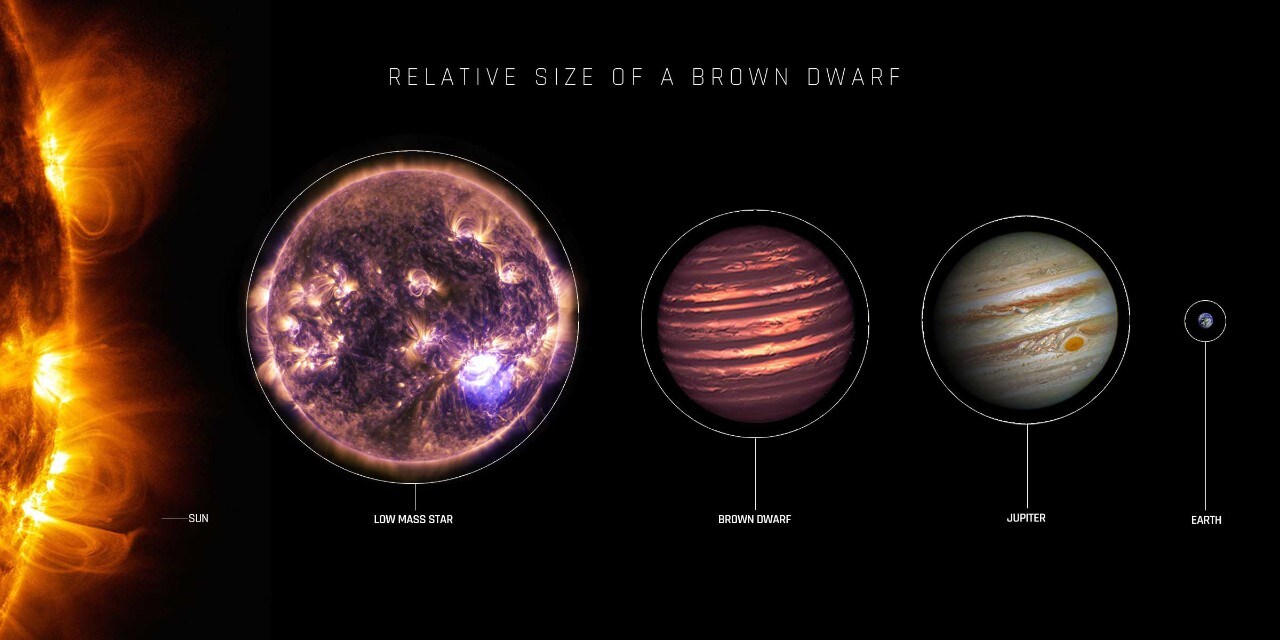Not all stellar objects turn into stars: some are not big enough to turn on nuclear fusions at their core. They become brown dwarfs and end up not much bigger than a planet like Jupiter. Some of them are also colder than a campfire or the hottest setting of an electric stove.
Among these ultracool brown dwarfs, there is T8 Dwarf WISE J062309.94−045624.6. This failed star has a temperature of 425°C ( 797°F) and it is emitting radio waves. It is unsure how it is producing them in the first place – fewer than 10 percent of brown dwarfs emit radio waves.
“It’s very rare to find ultracool brown dwarf stars like this producing radio emission. That’s because their dynamics do not usually produce the magnetic fields that generate radio emissions detectable from Earth,” lead author Kovi Rose, a graduate researcher at the University of Sydney, said in a statement.
“Finding this brown dwarf producing radio waves at such a low temperature is a neat discovery. Deepening our knowledge of ultracool brown dwarfs like this one will help us understand the evolution of stars, including how they generate magnetic fields.”
It is possible that the rapid rotation of brown dwarfs contributes to the magnetic field, and the radio waves seem to be related to the motion of electrons in the polar regions. The most powerful known aurora in the Universe is actually on an ultracool brown dwarf.

Typical brown dwarfs are roughly like Jupiter, and the one in the study is likely smaller in size but heavier.
Image Credit: NASA/JPL
This radio-emitting brown dwarf is the coldest ever discovered emitting radio waves. It is located about 37 light-years from Earth and it is even smaller than Jupiter. Its radius is between 0.65 and 0.95 that of the gas giant. But it is still packing a lot more mass, between four and 44 times that of Jupiter in such a small volume. The Sun is 1,000 times more massive than Jupiter.
“These stars are a kind of missing link between the smallest stars that burn hydrogen in nuclear reactions and the largest gas giant planets, like Jupiter,” Rose added.
The analysis of the brown dwarf used data from the CSIRO’s ASKAP telescope in Western Australia and followed up with observations from the Australia Telescope Compact Array near Narrabri in New South Wales and the MeerKAT telescope in South Africa. ASKAP and MeerKAT are the pathfinder version of the Square Kilometer Array that will be built in Australia and South Africa.
“We’ve just started full operations with ASKAP and we’re already finding a lot of interesting and unusual astronomical objects, like this,” Professor Tara Murphy, co-author and Head of the School of Physics at the University of Sydney, added. “As we open this window on the radio sky, we will improve our understanding of the stars around us, and the potential habitability of exoplanet systems they host.”
The findings are published today in The Astrophysical Journal Letters.
Source Link: Failed Star Cooler Than An Electric Stove Caught Emitting Radio Waves